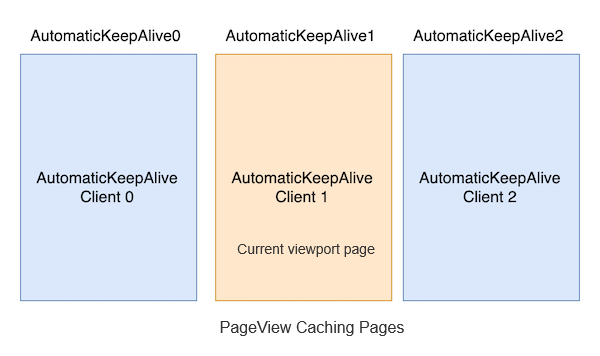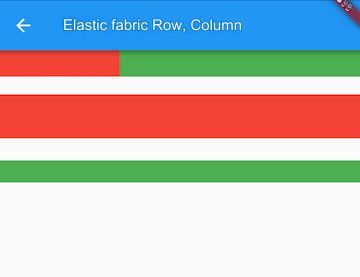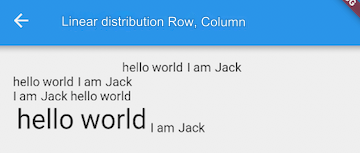In Android application development, there are many instances where we need to listen for physical volume button presses to implement specific functionalities. This article will help beginner developers understand how to listen for physical volume key events in an Android app. We will explain the process step by step and provide a complete code example.
Implementation Process
Let's first take a look at the basic steps. Below is an overview of the entire process:
| Step | Description |
|---|---|
| Step 1 | Create a new Android project |
| Step 2 |
Modify the AndroidManifest.xml file
|
| Step 3 |
Create a custom Activity
|
| Step 4 |
Override the onKeyDown method to listen for keys
|
| Step 5 | Run the app for testing |
Detailed Steps
Step 1: Create a New Android Project
Open Android Studio, select "New Project," and choose "Empty Activity." Name the project according to your needs, such as VolumeKeyListener.
Step 2: Modify the AndroidManifest.xml File
Make sure that your AndroidManifest.xml file has the necessary structure. Although listening for volume keys usually doesn't require special permissions, it's important to ensure that the file is properly structured.
<manifest xmlns:android="http://schemas.android.com/apk/res/android"
package="com.example.volumekeylistener">
<application
android:allowBackup="true"
android:icon="@mipmap/ic_launcher"
android:label="@string/app_name"
android:roundIcon="@mipmap/ic_launcher_round"
android:supportsRtl="true"
android:theme="@style/Theme.AppCompat.DayNight.DarkActionBar">
<activity android:name=".MainActivity">
<intent-filter>
<action android:name="android.intent.action.MAIN" />
<category android:name="android.intent.category.LAUNCHER" />
</intent-filter>
</activity>
</application>
</manifest>
Step 3: Create a Custom Activity
Open MainActivity.java, which is the main activity of your app. Here, we'll implement the listener for the physical volume buttons.
package com.example.volumekeylistener;
import android.os.Bundle;
import android.util.Log;
import androidx.appcompat.app.AppCompatActivity;
public class MainActivity extends AppCompatActivity {
// Define a TAG for logging and debugging
private static final String TAG = "VolumeKeyListener";
@Override
protected void onCreate(Bundle savedInstanceState) {
super.onCreate(savedInstanceState);
setContentView(R.layout.activity_main);
}
}
Step 4: Override the onKeyDown Method to Listen for Keys
Now, we need to override the onKeyDown method to listen for physical volume button presses.
@Override
public boolean onKeyDown(int keyCode, KeyEvent event) {
// Check if the volume up key is pressed
if (keyCode == KeyEvent.KEYCODE_VOLUME_UP) {
Log.d(TAG, "Volume Up button pressed");
// Add the code you want to execute here, such as adjusting volume or triggering an event
return true; // Return true to indicate the event has been handled
}
// Check if the volume down key is pressed
else if (keyCode == KeyEvent.KEYCODE_VOLUME_DOWN) {
Log.d(TAG, "Volume Down button pressed");
// Add the code you want to execute here, such as adjusting volume or triggering an event
return true; // Return true to indicate the event has been handled
}
// Pass other key events to the superclass
return super.onKeyDown(keyCode, event);
}
Step 5: Run the App for Testing
Once everything is set up, run the app on an Android virtual device or a physical device. When you press the volume buttons, you should see corresponding messages in the log. You can view the output using Logcat.
Summary
With these steps, we have successfully implemented a way to listen for Android physical volume key events. This is not only a basic skill in Android development but also a useful functionality. In future development, you can expand this listening function to more complex events, such as integrating it with a music player to control volume or adding custom audio management features.
We hope this article helps you on your Android development journey and encourages you to keep exploring and learning new technologies.
This guide offers a foundational approach, but you can expand upon it by incorporating more advanced logic and features in your application development.


![[GoLang] Which Major Companies Are Using Go Language?](/static/upload/image/20241127/1732697416551367.jpg)



